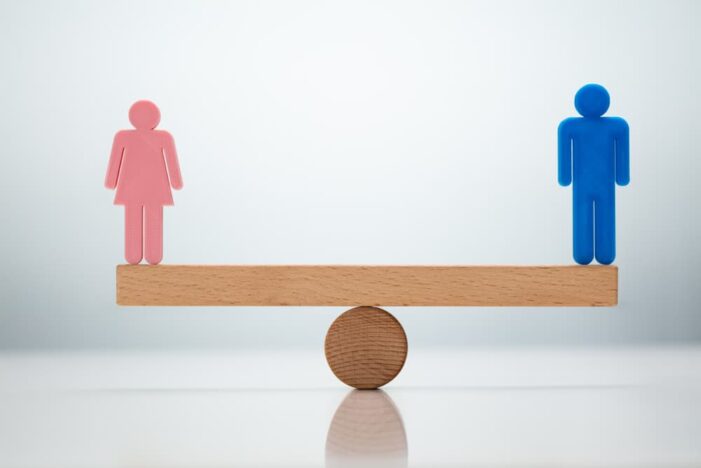By Janet Howard
As we mark Equal Pay Day in 2024, the significance of this day remains as potent as ever. Despite decades of progress and advocacy, the gender pay gap persists, reminding us of the work that still needs to be done to achieve true equality in the workplace.
Equal Pay Day symbolizes when the average woman’s earnings catch up to what the average man earned in the previous year. This day serves as a stark reminder of the disparities that persist in pay based on gender. In 2024, this discrepancy continues to be a pressing issue globally, transcending borders and industries.
While strides have been made to narrow the gap, progress has been slow. Factors contributing to the persistence of the wage gap are multifaceted and complex. They include occupational segregation, where women are often concentrated in lower-paying fields, as well as implicit biases and discriminatory practices within hiring and promotion processes.
According to the Center for American Progress, data from 2022 show that the median annual earnings for women working full time, year-round was $52,360, or just 84 cents for each dollar earned by men, with much wider gaps—particularly for Black and Hispanic women—compared with white, non-Hispanic men. All women—regardless of the number of hours worked during the year—typically made $41,320 annually, or 78 cents for each dollar earned by all men.
Discrimination is one of the factors contributing to this gap, causing thousands of dollars in lost wages for women throughout their careers. That’s why we need the Paycheck Fairness Act. If passed, this historic bill would:
- Strengthen existing equal pay protections.
- Prohibit retaliation against workers who discuss their pay or challenge pay discrimination.
- Limit employers’ reliance on salary history.
- Bring us one step closer to equal pay.
This Equal Pay Day, tell your senator to pass the Paycheck Fairness Act.
Furthermore, the impact of motherhood on women’s earnings cannot be overstated. The motherhood penalty, a term used to describe the decline in earnings women experience after having children, exacerbates the wage gap. Despite efforts to promote work-life balance and parental leave policies, women still face significant challenges in balancing career advancement with caregiving responsibilities.
The COVID-19 pandemic has also exacerbated existing inequalities in the workforce. Women, particularly women of color and those in low-wage jobs, have been disproportionately affected by job losses and increased caregiving responsibilities. The pandemic highlighted the essential role of many female-dominated industries, such as healthcare and education, yet these workers continue to be undervalued and underpaid.
Addressing the wage gap requires a multifaceted approach involving policy changes, corporate accountability, and cultural shifts. Implementing and enforcing equal pay laws, promoting pay transparency, and supporting working parents are essential steps in the right direction. Additionally, organizations must prioritize diversity, equity, and inclusion initiatives to create more equitable workplaces.
Individuals can also advocate for change. They can negotiate fair compensation, support companies with transparent pay practices, and raise awareness about the wage gap.
As we observe Equal Pay Day in 2024, let us reflect on the progress made and recommit ourselves to the ongoing pursuit of gender equality in the workforce. By working together to address the root causes of the wage gap and dismantling systemic barriers, we can create a future where all individuals are valued and compensated fairly for their contributions, regardless of gender.

